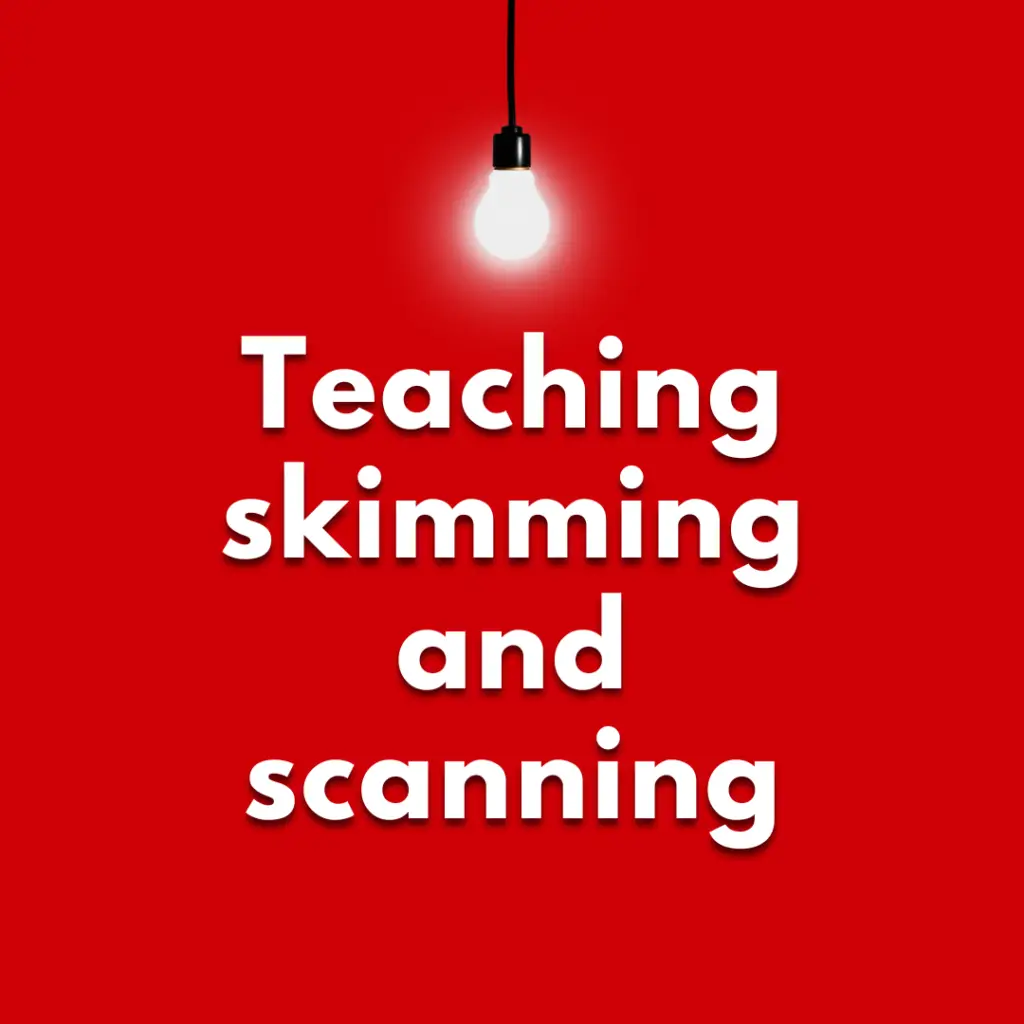- Home
- Single Blog
How to Learn New Vocabulary
Learn new vocabulary effectively by using visual clues while reading.

Many students feel confused when encountering unfamiliar words during reading, which in turn affects their comprehension of the entire text. This is largely due to their previous reading and learning habits: whenever they come across an unfamiliar word, students tend to immediately look it up in the dictionary, find the corresponding meaning in their native language, and annotate it in the margins. Many teachers also encourage students to pre-read the text before class, identify unfamiliar words, consult a dictionary, and record the definitions in their native language.
This reading approach may seem easy and effective for both teachers and students, as consulting a dictionary allows them to quickly grasp the meaning of words and thus better understand the text. However, students miss out on an important learning opportunity: using context clues from the text to infer the meaning of new words. This not only limits their ability to develop language thinking skills but also weakens their ability to enhance their language sense and long-term memory.
The following video demonstrates how a teacher uses the cover illustration of a book to guide students step-by-step in extracting information from the image to infer the meaning of unfamiliar words. By observing details from the scene or objects, the teacher encourages students to think about the connection between the image and the words. This approach not only improves students’ vocabulary comprehension but also helps them learn how to rely on contextual and visual clues to understand new words during reading.
孩子學了好幾年英文,為什麼還是不敢開口?|Pinata Education
元旦英文繪本推薦:外師精選 6本新年主題英文故事
聖誕節英文繪本推薦:外師精選 8 本適合台灣孩子的節慶讀物
Quick Links
Contact Us
Reach us by email or WhatsApp
- info@pinataedu.com
- +44 7418377296





